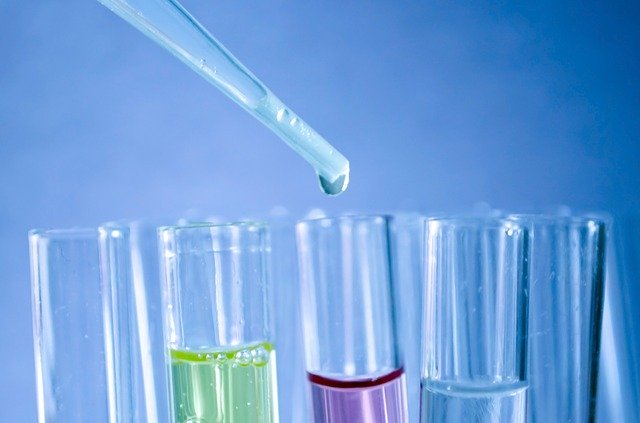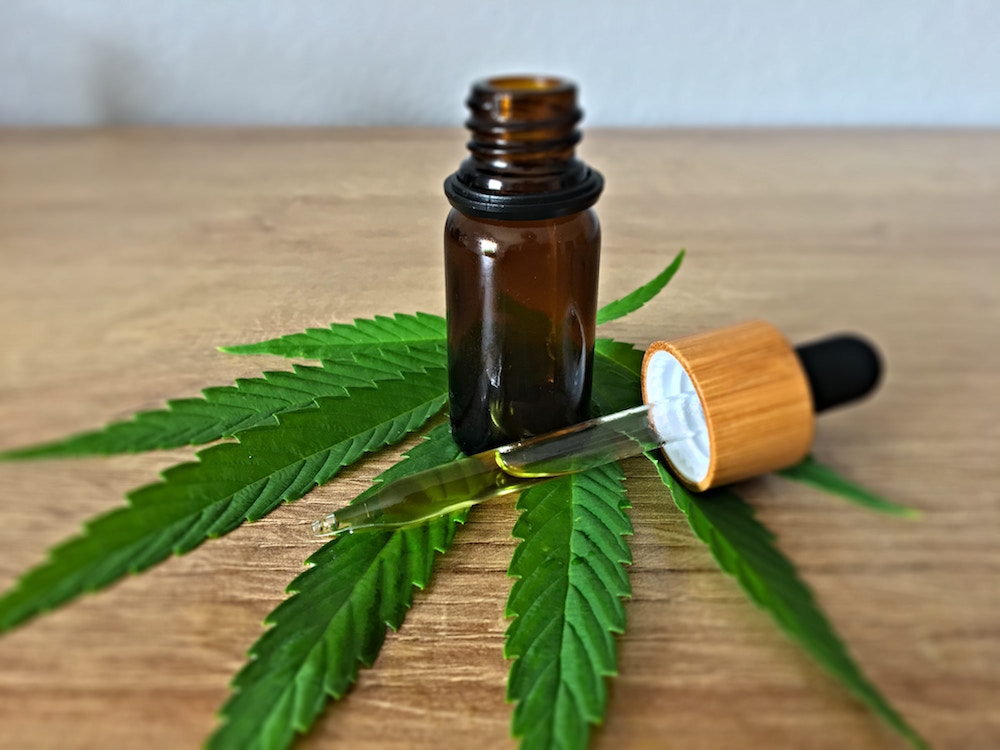America’s most pressing problems span many political, religious and economic situations. When identifying the cause and solution to these problems, the opioid crisis is often directly connected. It affects people of all backgrounds, socioeconomic statuses and education levels. However, solving it requires more than just addiction treatment. It inevitably means preventing addiction before it even begins.
The truth about opioids
Opioid addiction has grown from a crisis to an epidemic. The Centers for Disease Control (CDC) reported that nearly 50,000 people in America died of opioid addiction overdoses in 2017 alone, which equates to approximately 130 deaths per day and a 10 percent increase over 2016. What’s more, the United States consumes about 80 percent of the world’s supply of opioids while only accounting for roughly 5 percent of the world’s population. Since 1991, opioid abuse has been exasperated by the fact that prescriptions have increased by 300 percent.
Opioid addiction leads to a slew of other devastating problems such as increases in diseases like HIV, decreased life expectancy overall, and gateways into other drugs. The New England Journal of Medicine reported that about 80 percent of heroin users began their downward spiral by misusing opioid prescriptions.
Other than cutting off opioids altogether, how can pain be managed and addiction prevented and treated? The answer may be growing in the yard. Cannabis, the controversial drug often associated with recreation, is proving to have significant medical uses.
The cannabis effect
As a drug, cannabis can treat pain and also prevent/combat dependence, helping to curtail addiction by decreasing tolerance for opioids and thus reducing needed doses of narcotic medications. Research on chronic pain treatment shows medical marijuana can reduce or even replace opioid prescriptions.
Cannabis’ function as a positive alternative to opioids is undeniable. The National Academies of Science and Medicine showed cannabis reduced opioid usage by up to 60 percent. Another study showed a 70 percent drop in opioid dependence when replacing narcotics with cannabis. Ingesting cannabis also resulted in fewer side effects and improvement in cognitive function.
The research speaks for itself on medical marijuana helping to curb the opioid crisis. Even so, cannabis may have a long way to go before becoming widely accepted as an alternative form of pain relief.
Cannabis is now legal for medical use in 30 US states but struggles with continued taboo stereotypes. The government classifies it only as a Schedule I drug, defining it as unuseful medically and potentially dangerous recreationally, like heroin or LSD. These obstacles make it challenging for researchers to obtain grants, which in turn limits their ability to study cannabis’ true nature. Nonetheless, there are those who are making headway.
In June 2018, the FDA approved the first pure cannabis-derived drug, Epidiolex, a liquid formulation developed by GW Pharmaceuticals (NASDAQ: GWPH) for the treatment of two rare and severe forms of epilepsy: Lennox-Gastaut syndrome and Dravet syndrome. While GW Pharmaceuticals’ focus is not on pain relief, according to GlobalData, there are currently 60 other ongoing clinical trials with cannabis-based products with the majority of these products being tested in pain or psychosis.
Though there is still much to be done in the form of research on cannabis’ potential to curb the opioid crisis in the United States, the evidence thus far points to much potential. Speeding up the implementation of medical marijuana across the country requires more investment and political backing. Perhaps, then, it can help make the opioid crisis a distant memory.






